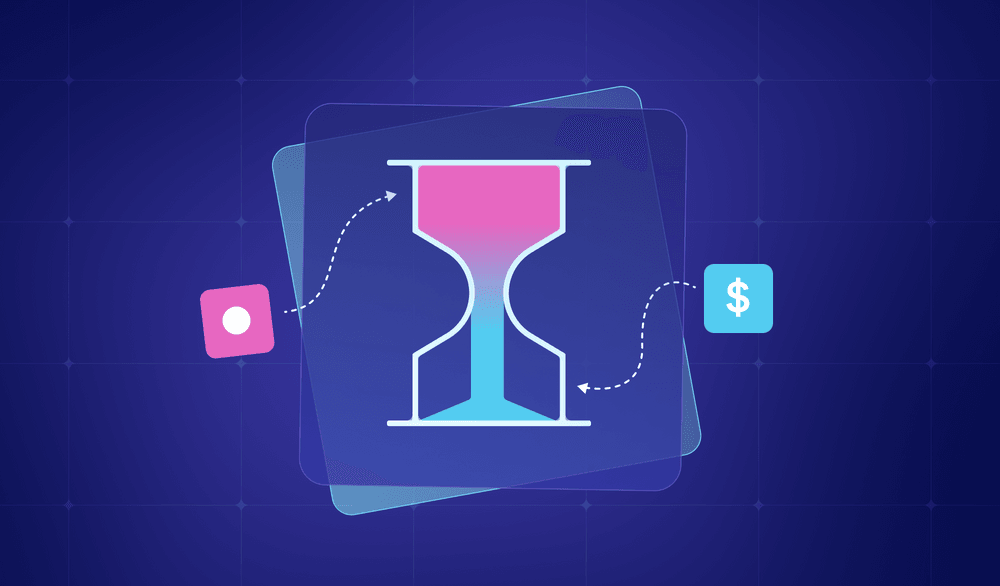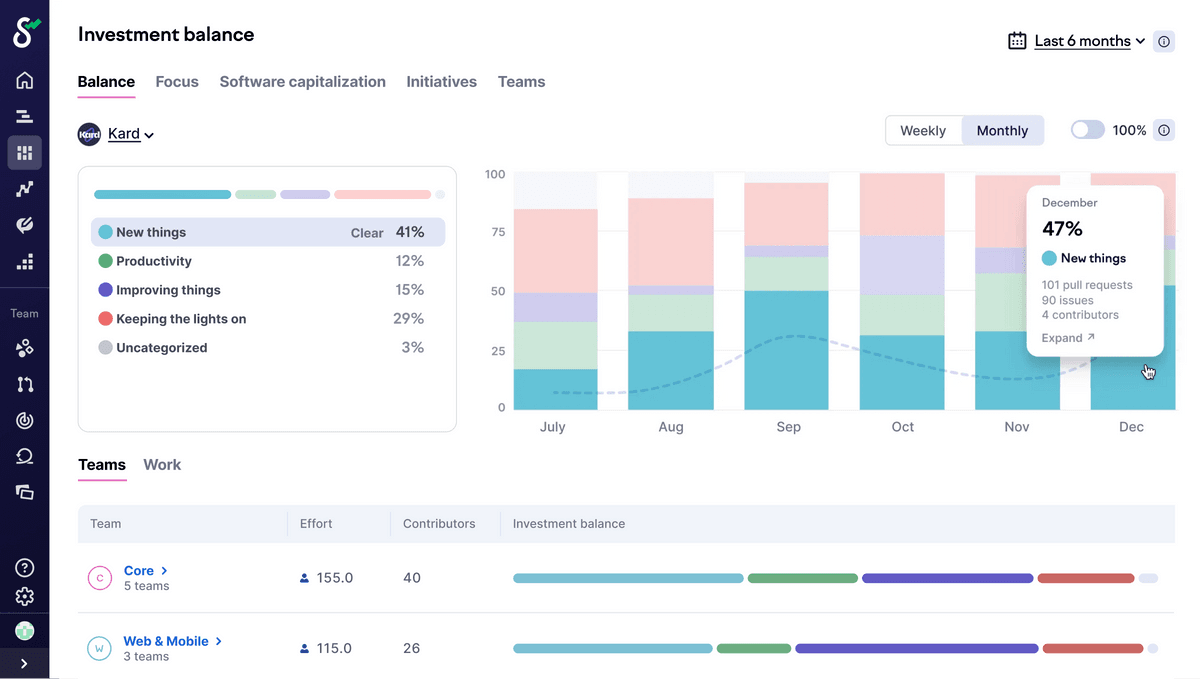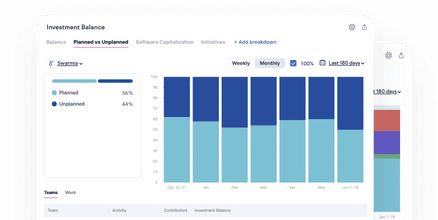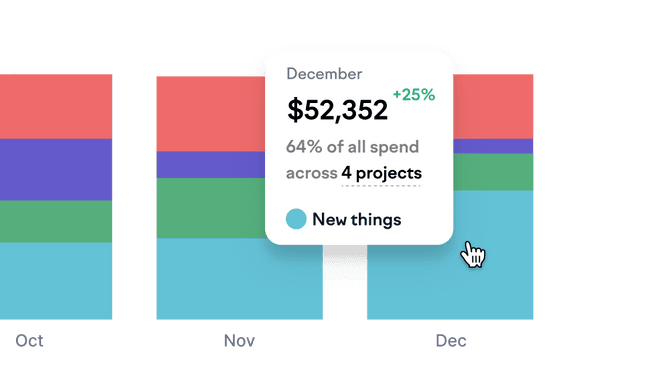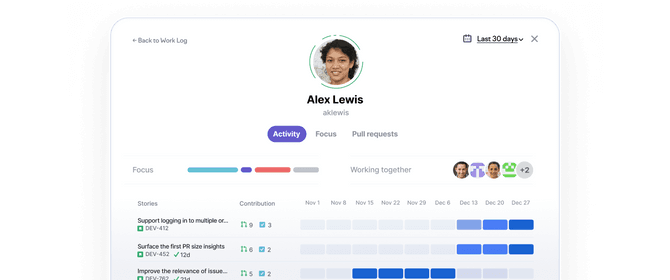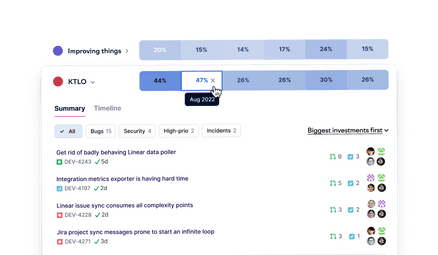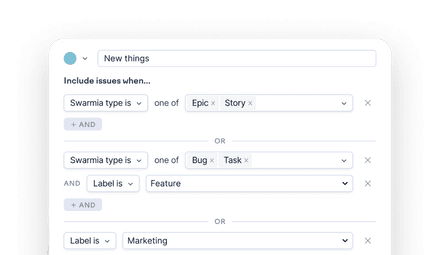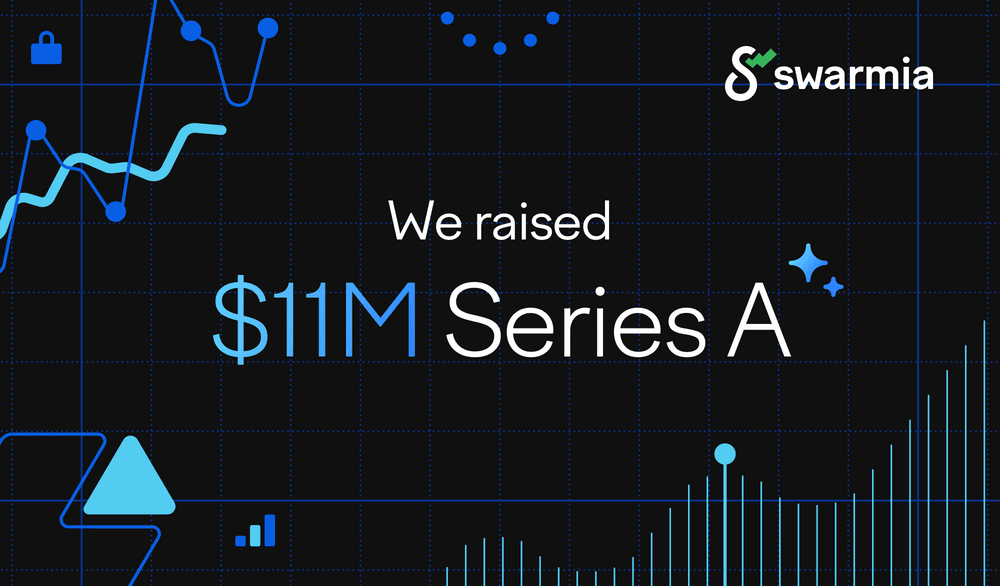Henrik Skogström · Jun 24, 2025
So you’ve been tasked with software capitalization...
Congratulations! You’ve just unlocked one of the more mysterious quests in software leadership: figuring out how much of your team’s work can be capitalized. You didn’t ask for this. You…
Read more→Otto Hilska · Jun 18, 2025
We raised an $11M Series A to take software engineering intelligence mainstream
At Swarmia, we believe every level of the engineering organization deserves real visibility into how they work — from the CTO reporting to the board, to the engineering manager coaching their…
Read more→Mika Vakula · Jun 4, 2025
The hitchhiker’s guide to capitalizing software development costs
Engineering leaders don’t get into engineering leadership because they want to spend time thinking about balance sheets. However, there comes a time in every engineering leader’s life when a…
Read more→